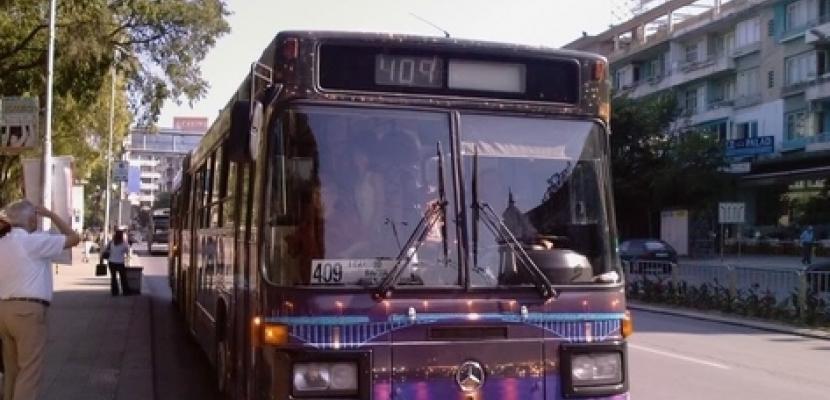Learning from disruption
The COVID-19 pandemic had immediate and lasting impacts on mobility. This is no secret; however, for tourist hotspots, understanding and learning from this are critical for advancing sustainable transit. This is exactly what the Last Mile C-19 project has sought to achieve!
Last-mile travel is a critical part of Europe’s tourist infrastructure. Yet, public transport remains a challenge and the seasonality of trips further complicates long-term planning, leaving private car travel to dominate last-mile trips.
The COVID-19 pandemic exposed the need for resilience and flexibility across Europe’s transport systems – and particularly in popular tourist regions and cities. The restrictions on international and domestic travel promoted a widespread decline in the demand for passenger transport: annual passenger/km in 2020 was 48% lower than the previous year, with a 40% drop in passenger numbers.
Costs were also heavy. Railways in the European Union lost 24 billion euros in revenues for passenger services in 2020. As POLIS’ Public Transport Lab Webinar series exposed last year, from Madrid to Gothenburg, Vienna to Oslo, Europe’s cities and regions were forced to adapt their services and have dedicated extensive efforts towards recouping lost ridership.
For tourist-focused transport, developing an attractive sustainable offer is even more critical. Experiences have shown that demand-responsive transport systems or Flexible Transport Systems (FTS) (sharing/pooling/public) are a valuable tool to cover the ‘last mile’, providing tourists and inhabitants with an alternative to car use. This has been echoed by the TRAN Committee's brief on relaunching transport and tourism in the EU after COVID-19, which highlighted the need for on-demand and flexible public transport services.
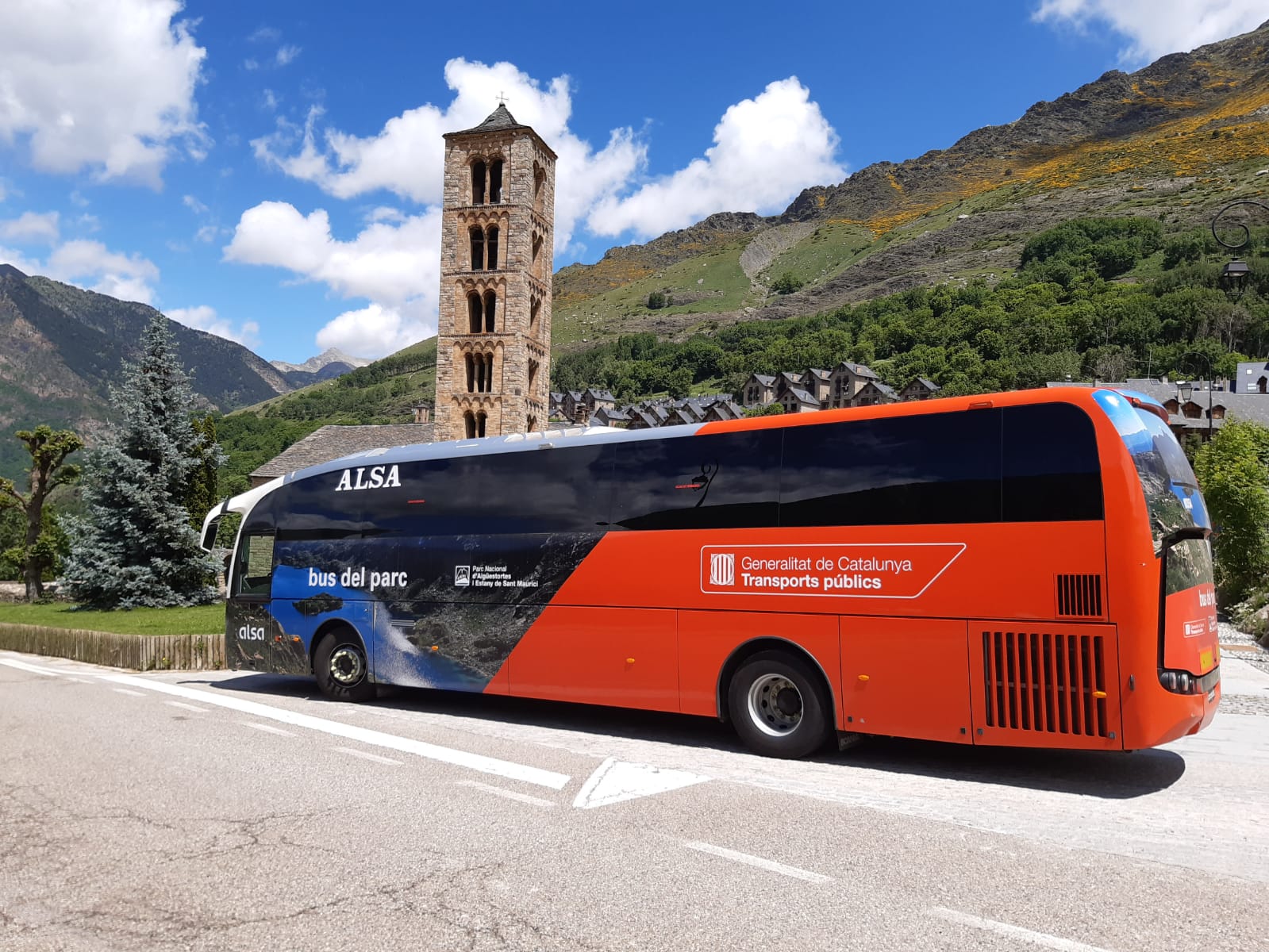
One of the buses that serve the National Park in Catalonia, Spain.
Credit: ALSA and General Directorate of Territory and Mobility, Government of Catalonia
Catalonia's quest
Catering for tourist traffic is a major part of Catalonia’s mobility endeavours. The Catalonia region, in north-eastern Spain, is a tourist hotspot – its vast beaches, Pyrenees Mountains, and historic cities draw visitors from far and wide.
Over the last few years, the region has been bolstering its public transport offering, adding new lines and improving services, bus fleets have been electrified, and cross-border lines have been added to support tourist travel flows. Indeed, Catalonia has long worked to improve and enhance its on-demand services. The region boasts 233 on-demand transport lines serving 733 areas of low population density distributed around the territory. In 2019, a total of 44,997 trips were recorded, up 15.6% from 2018.
In the County of Garrigues, the Catalan government has implemented 4 lines of on-demand bus lines, ‘Clic.cat’, and a new express bus line, ‘expres.cat’.
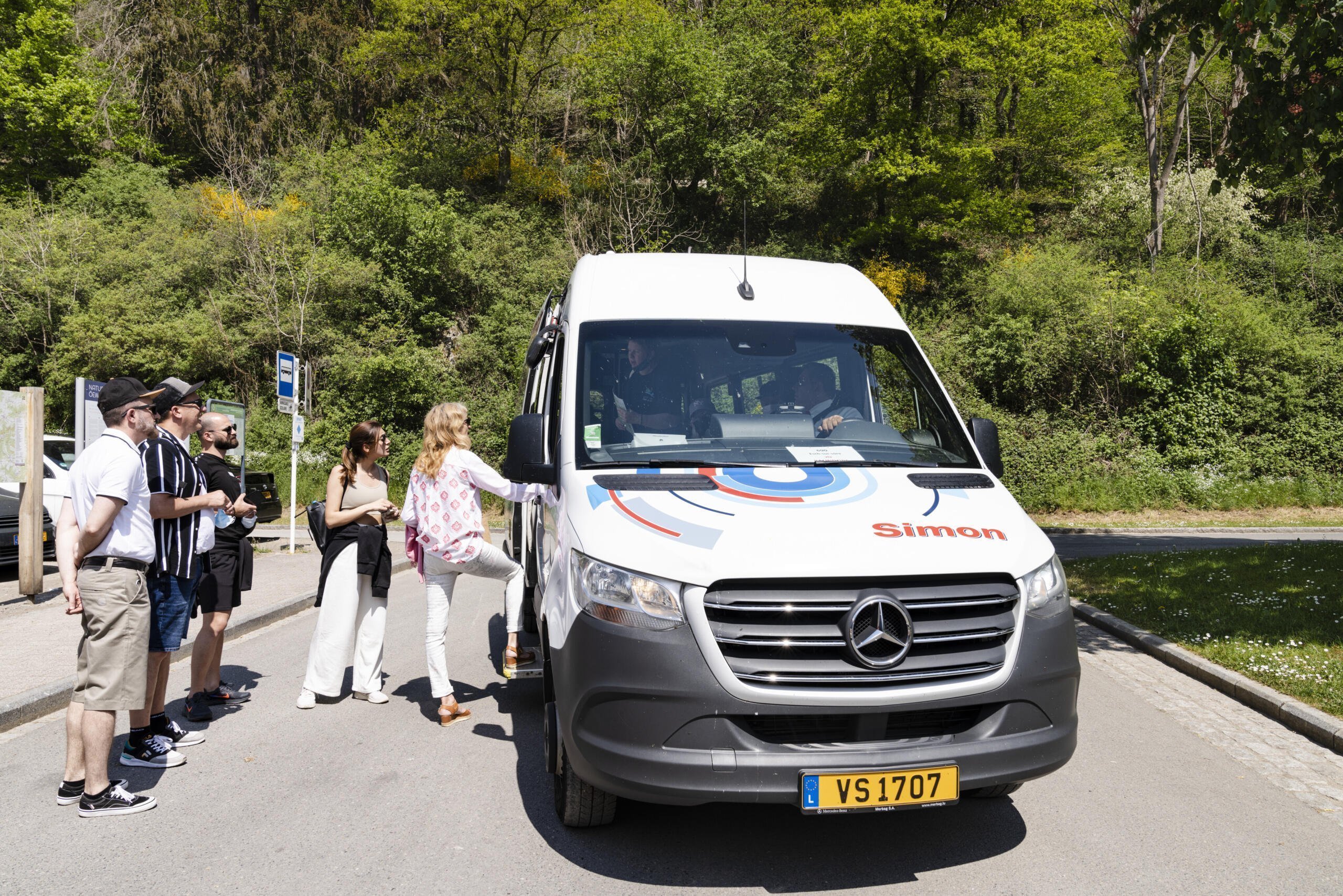
Shuttle service Upper Sûre Nature Park, in Luxemburg. Credit: Naturpark Öewersauer / Caroline Martin
In comes the Last Mile project!
The Last Mile project, funded by Interreg Europe and completed in mid-2020, has led to sustainable and flexible mobility solutions that users in sparsely populated areas can use to make the last mile of their journey. However, in a twist, it was granted an extension for participating regions to study the impacts of COVID-19 and learn from their experiences.
Like many regions across Europe, those involved in the project were forced to radically transform their transport offerings during and after the pandemic. While there is no one-size-fits-all solution, learning from one another’s experiences has been essential. 6 partners from 5 different regions located in Austria, Bulgaria, Spain, Luxemburg, and Slovakia exchanged their experiences on the impacts of COVID-19 on general mobility and, especially, on their FTS. Its goal has been to also to identify good practices to recover from COVID-19 and highlight solutions for future crises and longer-term sustainability planning.
Tourist travel and related transport in regions were severely disrupted by the pandemic. From national parks to beach resorts, tourism came to a standstill in many – if not most – areas. 2020 marked an absolute minimum of visitors to all regions (-34% on average compared to 2019), with a huge drop in foreign visitors. In 2021, most regions recorded a year-on-year improvement in visitor numbers although without returning to their pre-pandemic figures (-29% on average).
Additionally, all regions in the C-19 project noted a significant rise in local tourism, creating new and different challenges for them. In most cases, these pandemic-induced changes are still visible today, such as the trend towards shorter trips, smaller groups of tourists, or the reduction in the number of organised trips.
The project’s findings
The project uncovered some key insights into the effect of COVID-19 on regional transport.
- Impact on private motorised transport: During the lockdown, there was a significant reduction in travel and this affected all transport systems, including car traffic (-25.6% on average from 2019 to 2020). However, in general, when travel did occur, it was more often undertaken by private cars, especially for longer trips.
- Impact on walking and cycling: Active modes accounted for a larger proportion of shorter trips and, compared to other modes of transport, regions participating in the project witnessed increased bicycle use. In response, most regions have taken advantage of the situation to promote active modes, opening new bike rental services, improving pedestrian and cycling infrastructure, and encouraging multimodality. For example, in Catalonia’s National Park, during the COVID-19 crisis, the ‘Bicibus system’ was implemented to facilitate the transportation of bicycles in buses: indeed, they could get in the vehicle for free. This encouraged a combination of different, more sustainable transport options to get to the desired destination, as visitors could combine active modes (cycling) with public transport (the flexible bus).
- Impact on public transport: public transport saw a more significant decline in ridership than other transport modes as people sought to minimise the risk of infection, with an average of 28% decrease from 2019 to 2020 public transport supply. In general, service frequencies were decreased, while in a few cases, services ceased operation for a while due to restrictions and/or low demand.
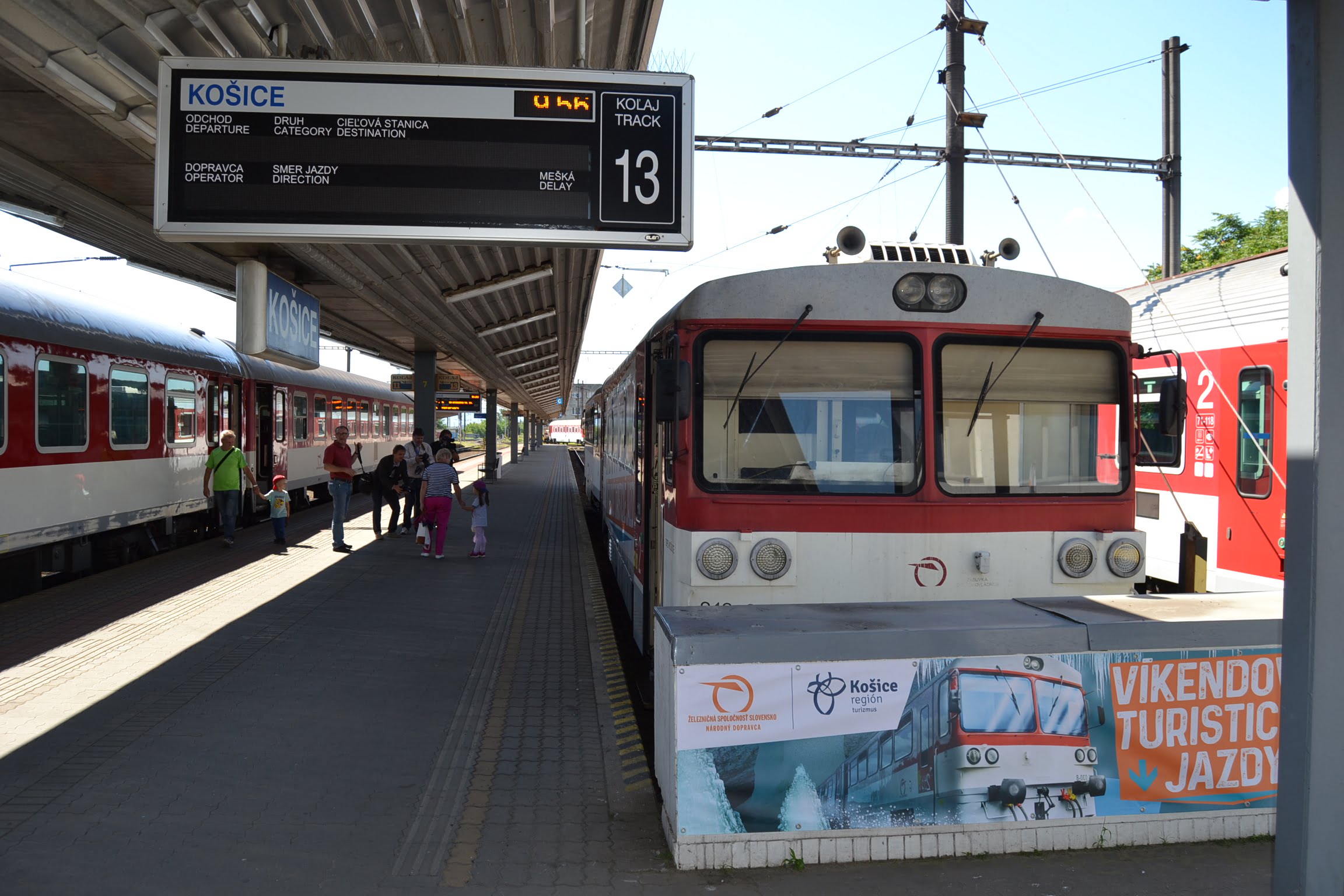
Seasonal train (Ice Express) in Košice, Slovakia.
Credit: Košice Region Tourism
What about Flexible Transport Systems?
The loss of confidence in public transport resulted in a general drop in ridership for last-mile solutions, too, especially during the peak of the pandemic (beginning and mid-2020). However, the situation varied from region to region.
For example:
- In East Tyrol, Austria, demand-responsive (DRT) suffered a severe decrease ─ even more so than conventional public transport, while the demand for e-carsharing increased during the pandemic.
- In Košice, Slovakia, there has been a decrease in the use of seasonal trains, but the effect has been less severe than the one on public transport due to an increase in domestic tourism.
- Varna, Bulgaria, also registered a significant decline in the use of their FTS, but they cannot compare it to conventional public transport as there is no separate monitoring of the seasonal bus lines, which are part of the municipal bus fleet.
- In Catalonia, the flexible train line from Lleida to La Pobla de Segur suffered a significant drop in demand; yet less so for taxi associations and buses of the Aigüestortes and Estany de Sant Maurici National Park (NP), which have even recorded some peaks in passenger flow, driven by the rise in local tourism.
- In Upper Sûre Nature Park, Luxemburg, has received fewer tourists per day due to COVID-19 restrictions, so the demand for FTS has also been lower than expected.
Several FTSs’ stopped operating completely during the strict lockdown period (e.g., DRT in East Tyrol in April 2020; seasonal trains in the Slovak Paradise NP in winter 2021); in other cases, services reduced their frequencies and/or capacity to adapt to service demand and COVID-19 restrictions (eg seasonal bus lines in Varna; specific train line and taxi associations in Catalonia); other services remained stable and did not undergo any changes in supply at all (eg Upper Sûre Nature Park shuttle services); finally, some services even increased the number of vehicles, their frequencies and/or capacity and implemented new routes to adapt to occasional increases in tourism (especially domestic) and demand for their services (eg e-carsharing in East Tyrol, seasonal tourist trains in Slovakia in 2020, buses of the Catalan NP).
To stem the spread of the virus, different measures have been implemented. There has been a tendency to incorporate digitisation measures, to reduce personal contact as much as possible, with tools such as real-time information systems, online booking systems, e-ticketing, and other payment systems.
In general, these measures have received positive feedback from end-users and operators of transport systems intend to retain them. On the other hand, all regions implemented safety measures in transport systems, such as regular disinfection of vehicles and reduction of capacity, which most do not expect to maintain.
Catalonia is looking to the future, reflecting on what it learned during the pandemic to build a more sustainable and resilient mobility.
- Olga Serra Ventanachs, Head of Transport Services Planning Section at the General Directorate of Territory and Mobility, Government of Catalonia.
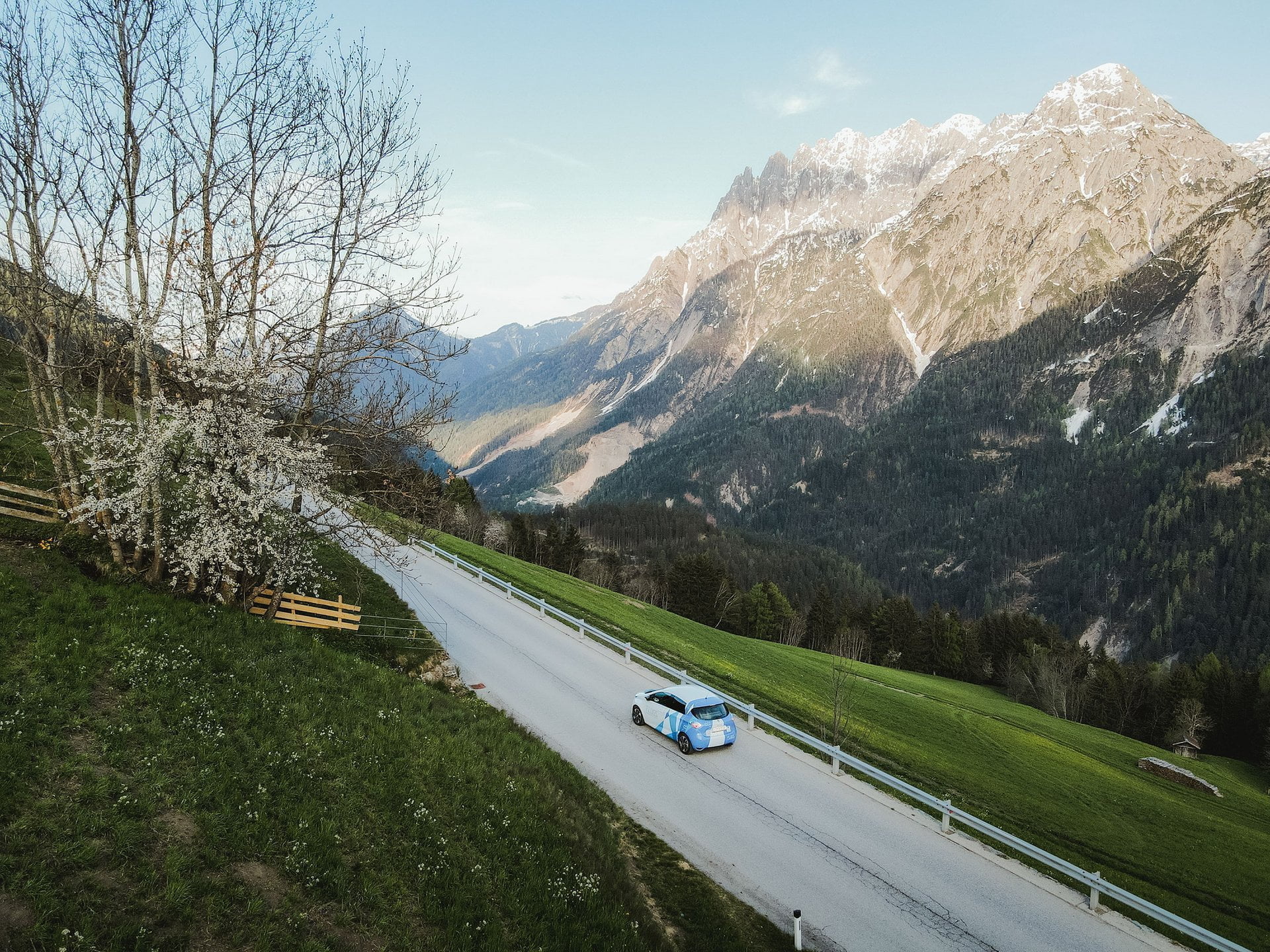
E-carsharing in East Tyrol, Austria. Credit: Regional Management East Tyrol
FLUGS / Elias Bachman
Movin’ on forward!
The COVID-19 pandemic had a severe impact both on mobility and tourism – with significant implications for the regions participating in the Last Mile C-19 project – a trend witnessed across the globe. However, as we have seen, regions and their transport partners took advantage of this situation to accelerate smart, active, and more sustainable modes of transit.
Catalonia, like its peers, is now looking to the future, reflecting on what it learned during the pandemic, and how it can build a more sustainable, more resilient future for its mobility. Over the last year, the Spanish region has introduced an unprecedented suite of digital services, making transport more accessible and inclusive while expanding its range of on-demand options. The Last Mile project was a critical opportunity for learning from the pandemic and bringing forward the best solutions these regions had found – proving peer-to-peer exchange is indispensable!
Click here to read the article in its original format.
About the authors
Olga Serra Ventanachs is Head of Transport Services Planning Section, General Directorate of Territory and Mobility, Government of Catalonia. Operating in Strategic Business Management and Human Resources Management, she has been working in interurban road transport for more than 10 years and actively participating in European mobility projects (My Way, ConnECT, Last Mile C-19).
Mima Salafranca Sort is Consultant at Mes Advocats Internacional, with a degree in Translation and Political science. She has been working as a project consultant since 2019, helping entities to identify, design and manage projects funded by the EU. Throughout this second part of the Last Mile project, she has supported the Government of Catalonia in its work as a project partner.
